Patterns
Kits
sundries
knitting tools, buttons and notions, project bags and other pleasing little things
knitting tools, buttons and notions, project bags and other pleasing little things
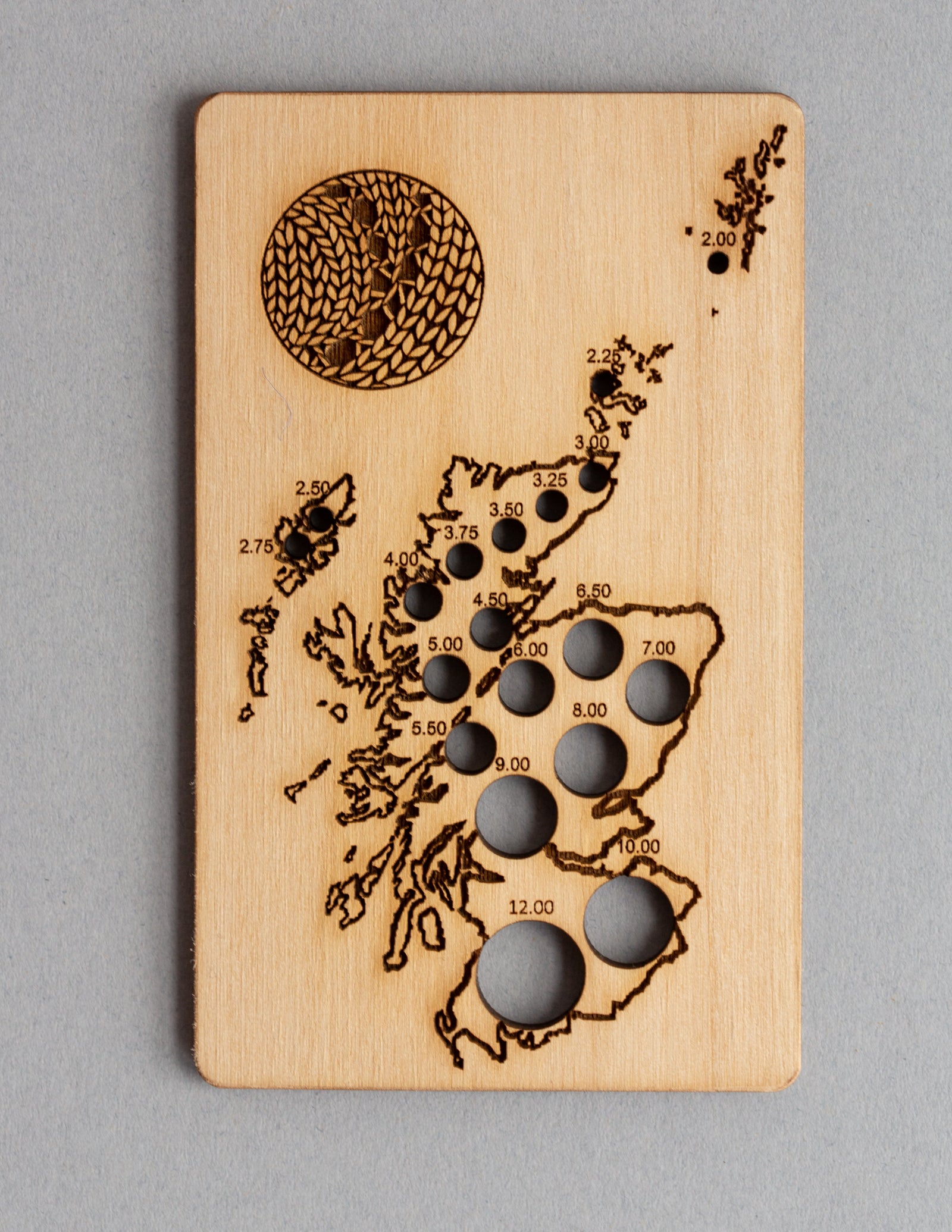
Exclusive Scotland needle gauge by Katrinkles
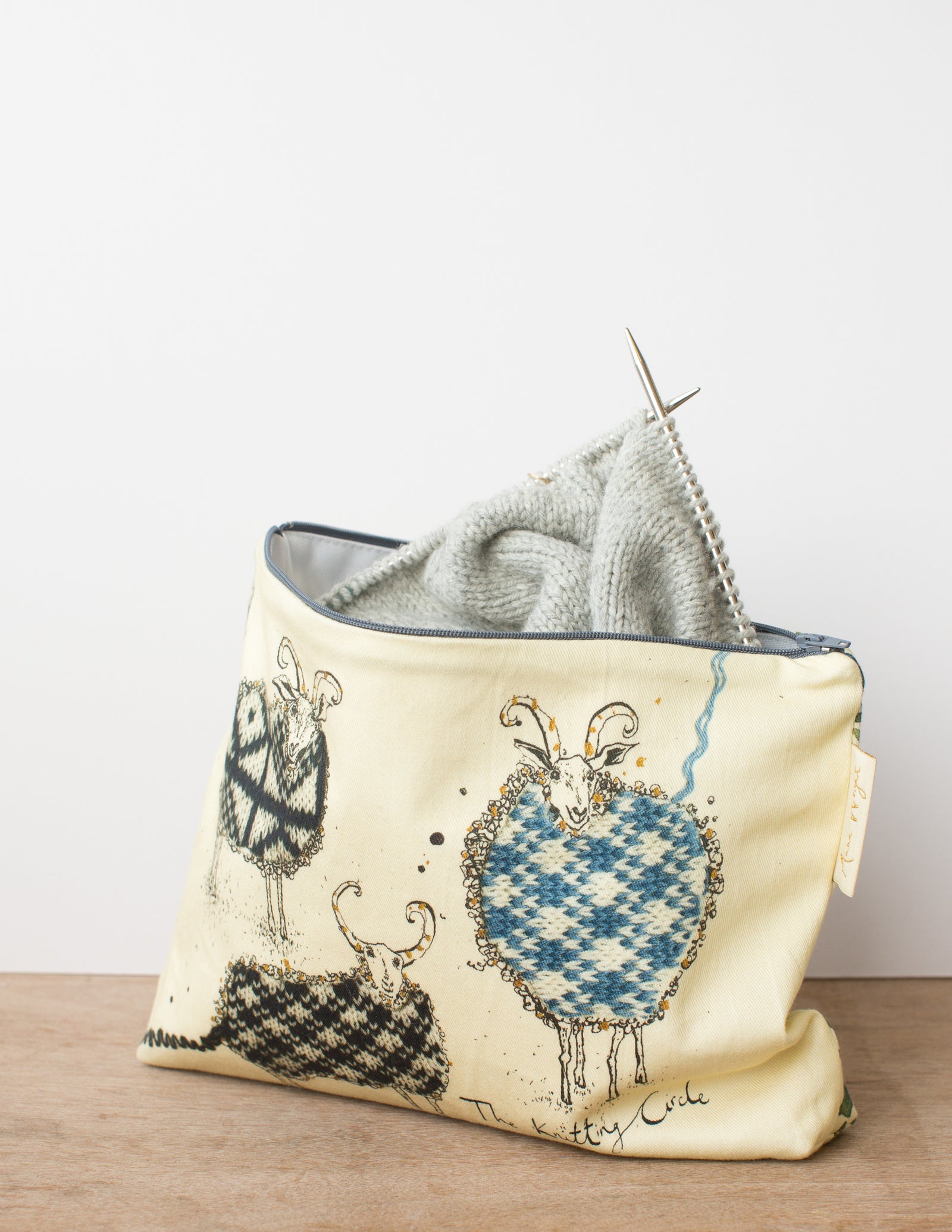
Zippered pouches in two sizes by our studio neighbour Anna Wright
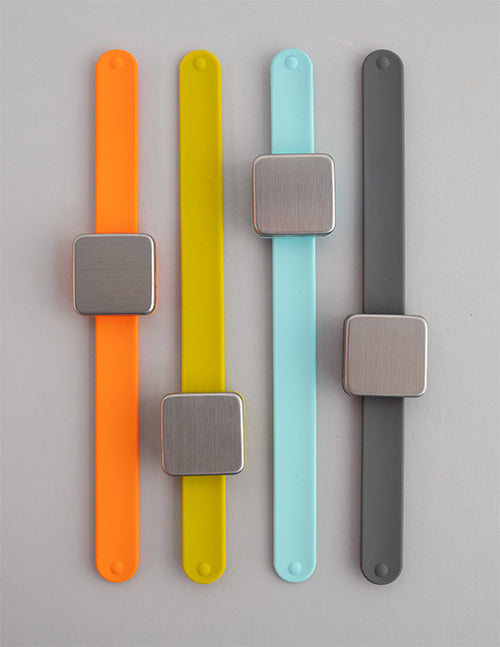
keep small tools accessible with the Maker's Keep
gift 2019
Subscribe to our Colourwork Club for a gift that lasts well into the new year. Your recipient will receive a new colourwork kit in Janurary, February and March
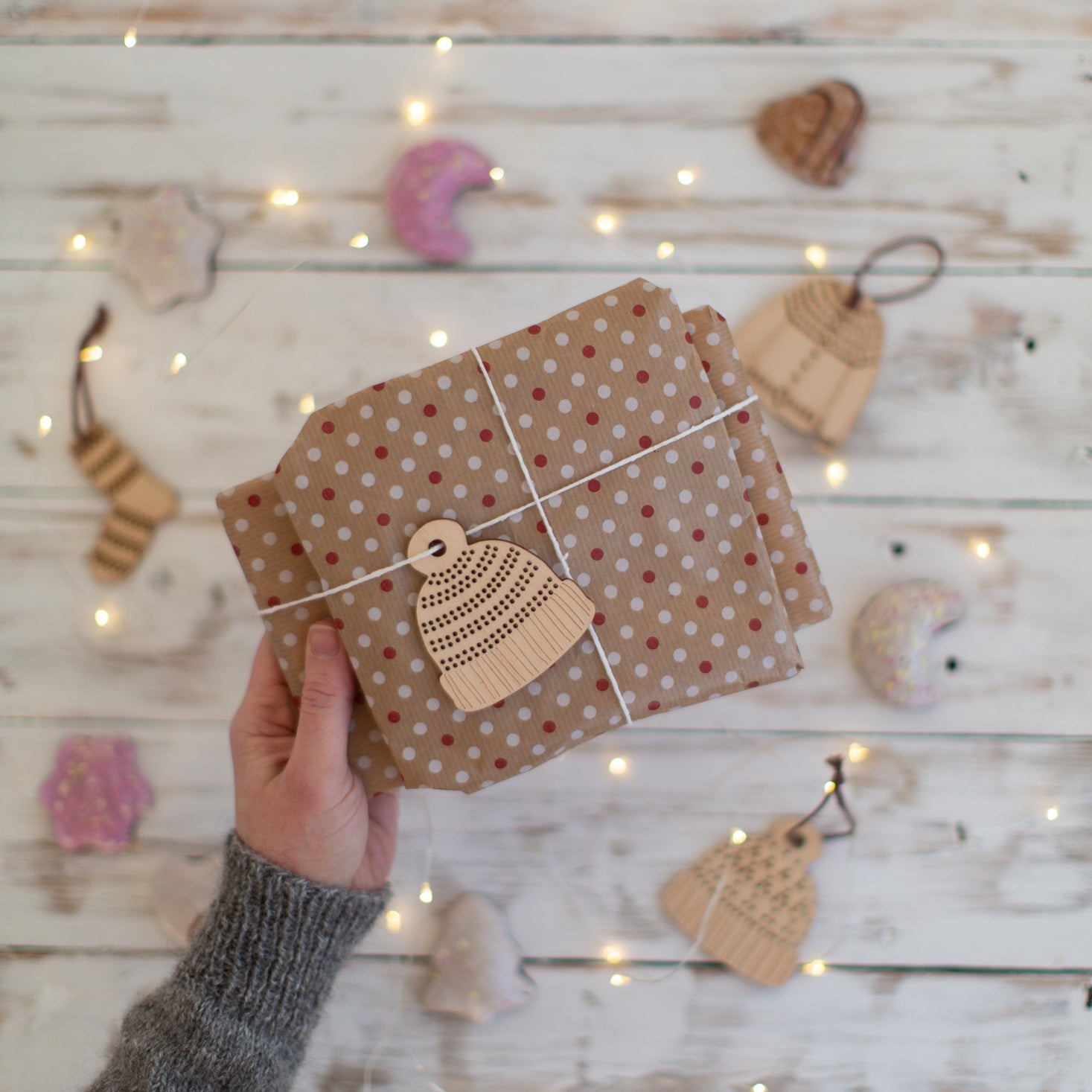
Subscribe to our Colourwork Club for a gift that lasts well into the new year. Your recipient will receive a new colourwork kit in Janurary, February and March
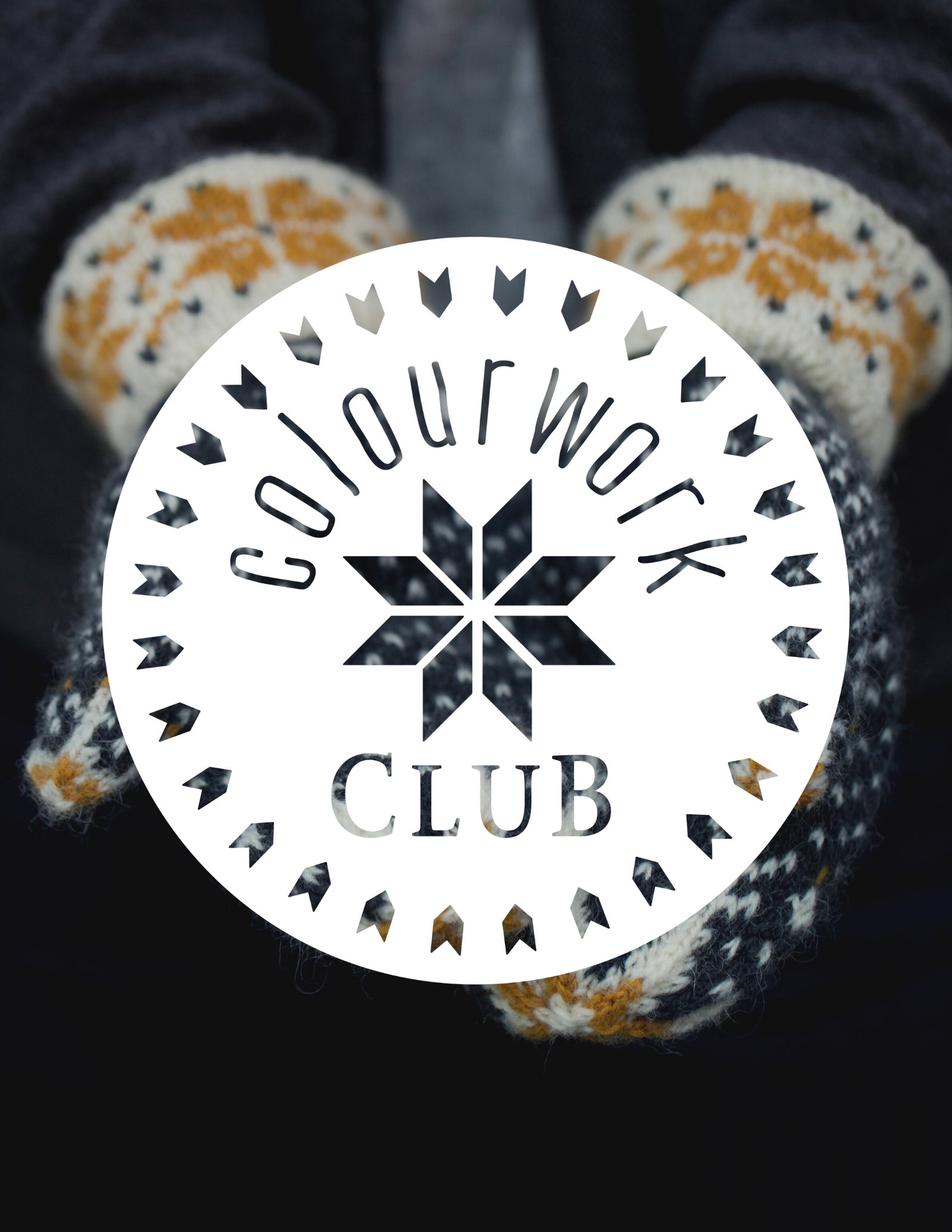
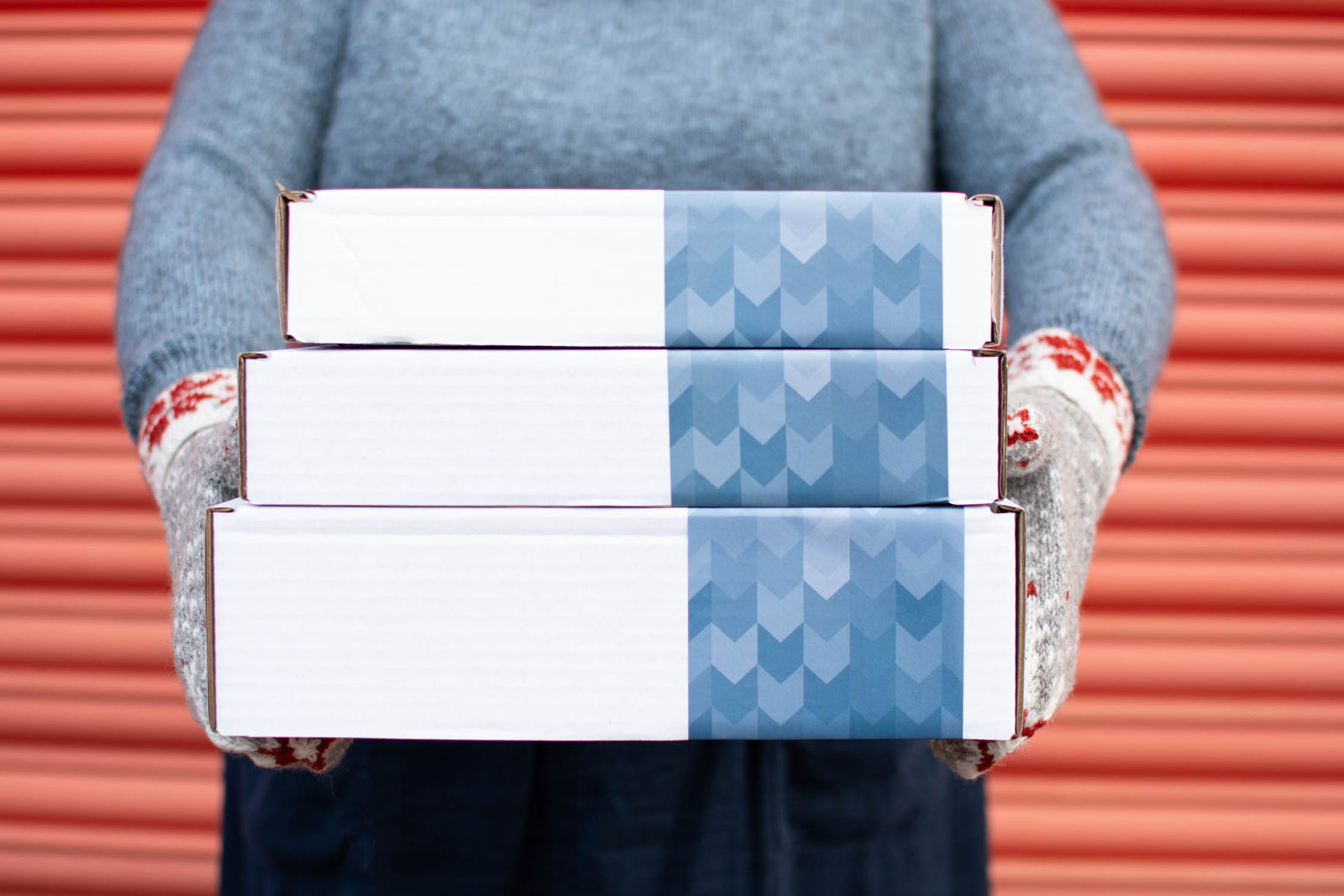
Last minute shopping? Gift cards are delivered electronically - forward the email or print it for your recipient. A range of amounts are available and gift cards don't expire.


Introducing DK versions of Ravelston and Stockbridge
June 06, 2019
We’ve just released DK gauge versions of my popular Stockbridge and Ravelston patterns, which were originally published for a fingering weight yarn. They’re essentially designed around the same basic construction and with a similar fit; Stockbridge is a cardigan and Ravelston a pullover.
Use the links below to purchase the patterns now, or read on to learn more about my design process and the nerdy details that make these simple patterns interesting.
Wardrobe building basics
My goal with both is that they’ll be staple patterns you can use to build your handknit wardrobe, the kind of basic patterns that work for lots of different looks.
I spent several years teaching sweater fitting at events around the world, and something that frequently came up is that there aren’t as many really good basic Stockinette garment patterns available as you’d think there might be. I designed Blank Canvas specifically as a class example, and Stockbridge and Ravelston continue my mission to create solid, well graded and inclusively sized patterns for classic garments that you can knit as written or make your own. The fact that so many knitters have made these their go to patterns, knitting them in multiple colours, made me think it would be helpful to do the work of re-gauging them for you — so you can spend more time knitting and less time doing maths.

Why DK?
The gauge of both patterns is 22 sts & 28 rows per 4” / 10cm, there are lots of yarns available that will make a great fabric at that gauge, at a wide range of price points. We knit ours in Petter, an affordable superwash wool that comes in a lots of colours. The standard sweater weight in the UK for good reason, it hits the sweet spot between “doesn’t take too long to knit” and “isn’t too warm or heavy to wear regularly.” You might also find that some lighter worsted weights or heavier sport yarns make a fabric you like at this gauge. Looking for yarn for your Ravelston or Stockbridge? We currently have a promo running — find all DK yarns here.

Just add the yarn and pattern for your project to your cart and the discount will be automatically applied — no coupon code necessary.

Shaping
The shaping in the DK versions is more or less the same as in their lighter weight siblings. That means there’s a bit more fabric at the back than the front at the bottom of the garment, and more at the front at the chest. Most of the waist shaping is worked at the sides of the garment, with a centre back “dart” below the waist.
The shoulders fit closely, and this continues into the plus size range. I’ve found that shoulders being too wide in larger sizes is a very common issue, and a common complaint from knitters.
Ravelston includes two options for neck shaping, a v-neck and scoop.
How to choose a size
As for most patterns the sizing is based roughly on the proportions of someone with a B cup. Confusingly that might not correspond to bra size at all. If you have a bust I recommend taking 2 measurements to help you choose which size to make: the high bust and full bust.

- If the difference between the two is 2” / 5cm or less choose the size closest to your full bust measurement.
- If the difference between the two is larger choose a size closer to your high bust + approximately 2” / 5cm
- If you’re between sizes size down for a more fitted look and size up for a bit more room.
If none of the sizes will fit you please do let us know.
There’s more information on taking measurements and choosing a size in this post, including a free printable chart that you can fill out with your measurements.
Cup sizes in Ravelston DK
Ravelston includes horizontal bust darts worked with short rows. Choose the base size based on the above guidance.
- If the difference between your high bust and full bust is 2-4” work the C-D cup darts.
- If it’s 4-6” work the E-F cup darts.
- If it’s more than 6” work the G-H cup darts.
Choosing a size if you don’t have a bust
In this case I recommend choosing a size closest to the largest part of the chest + desired amount of ease. You may also want to change the waist shaping, at the minimum taking out the additional increases worked only at the front chest (I would then reduce the number of decreases worked at the front armhole by a corresponding amount). As always if you want to make a pattern designed for a different body shape than yours take as many measurements as possible and compare them to the schematic in the pattern to determine what you need to alter.
The sleeve cap and armhole shaping
If you’ve ever sewn a fitted garment you might have noticed that the sleeve cap wasn’t symmetrical and that the armholes on the front and back pieces were shaped differently. That’s less common in knitting, but it’s done for good reason and is definitely worth doing on a fitted garment.
The reason is simple: your arms don’t hang straight down from the sides of your body. Try raising yours above your head. Where are your armpits?
They’re not facing out to the sides, are they?
Your arms are rotated towards the front of your body, which means that if we scoop out a bit more fabric at the front of the armhole and sleeve cap the result will be a neater fit without extra bunching fabric there. At the same time, more fabric towards the back allows for comfortable movement without pulling.
Laid out flat the armhole (or armscye in technical pattern drafting terms) and sleeve cap look something like this.

A construction that balances the joy of seamless knitting with stability where you need it
These patterns use one of my favourite construction methods. The body is worked bottom up, seamlessly to the underarms and then split for the back and front(s).
The only seam is across the shoulders. The slope of the shoulders is created with short rows which makes seaming much easier than joining the jagged edges of a stepped bind-off and binding off then seaming makes for a strong, stable join where you don’t want the garment to stretch out of shape.

The sleeves are worked top-down from stitches picked up around the armhole. Make sure you follow the sleeve cap directions for the correct arm! The sleeve caps are shaped with short rows using a method I developed that allows the number of stitches picked up around the armhole to be independent of the stitch count around the top of the sleeve. That’s important because it allows me to design a perfectly shaped sleeve cap without being forced into proportions that don’t work for every size I’m grading. The most noticeable difference you’ll see in your knitting, if you’ve made short row sleeve caps before, is less stretching out around the join.
Customisation ideas
As written both weights of the Ravelston and Stockbridge patterns will give you a well fitting, classic pattern but they’re also ideal as a base for your own design ideas. How about using Norah Gaughan’s helpful stockinette equivalency system to add a cable panel from her book, The Knitted Cable Sourcebook, down the centre front of Ravelston?

Or maybe you’d rather make something with stripes or colour blocking? This gauge is also ideal for holding two light fingering or a fingering and laceweight yarn together for a marled effect.

Also in Journal
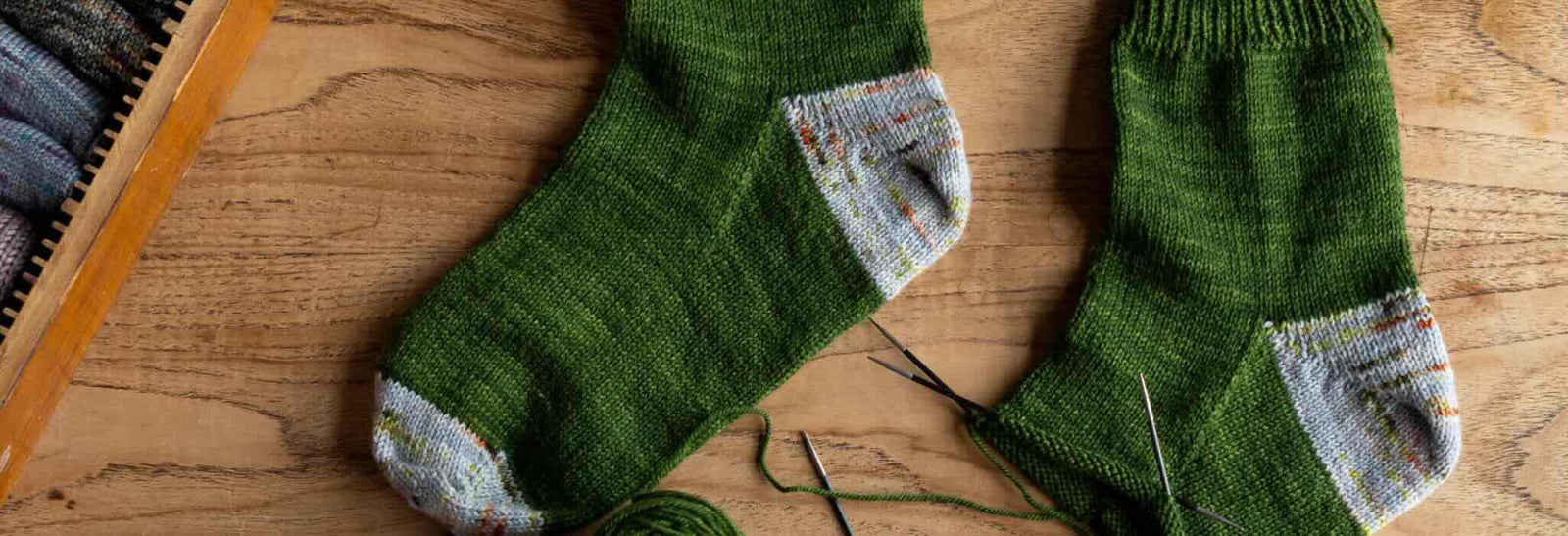
Deep Shadow Heel Tutorial
September 25, 2025
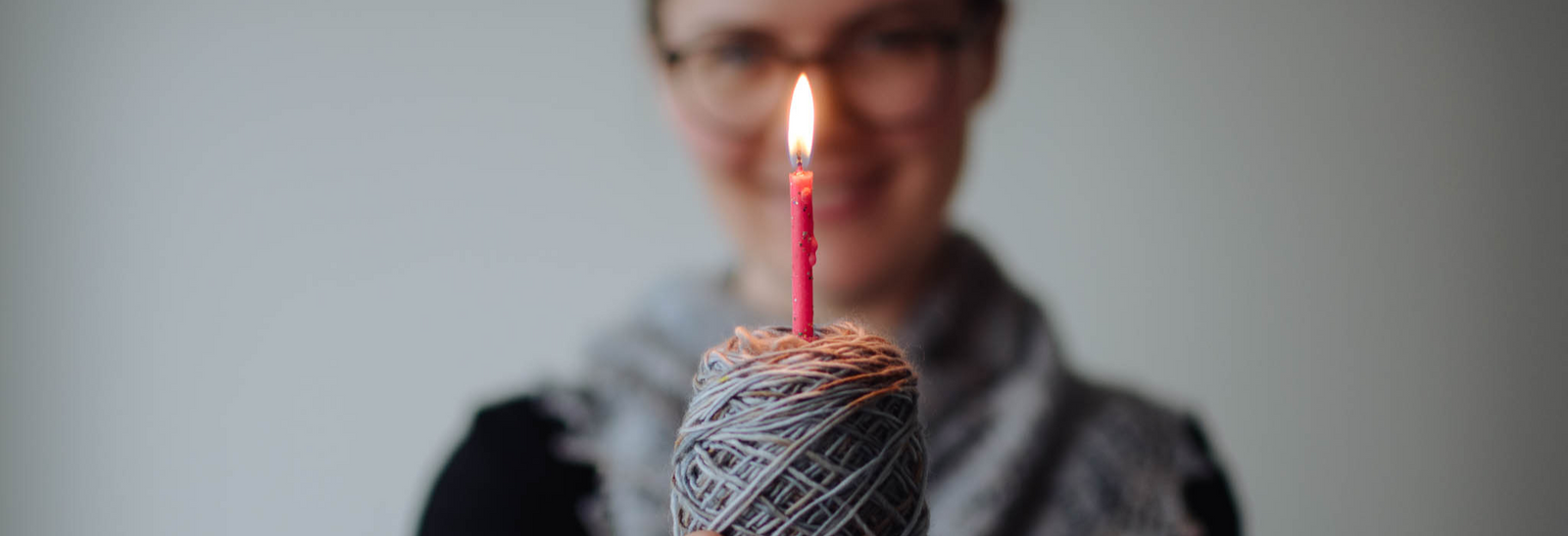
20 Years of Ysolda Knitting Patterns: Part 2
June 23, 2025
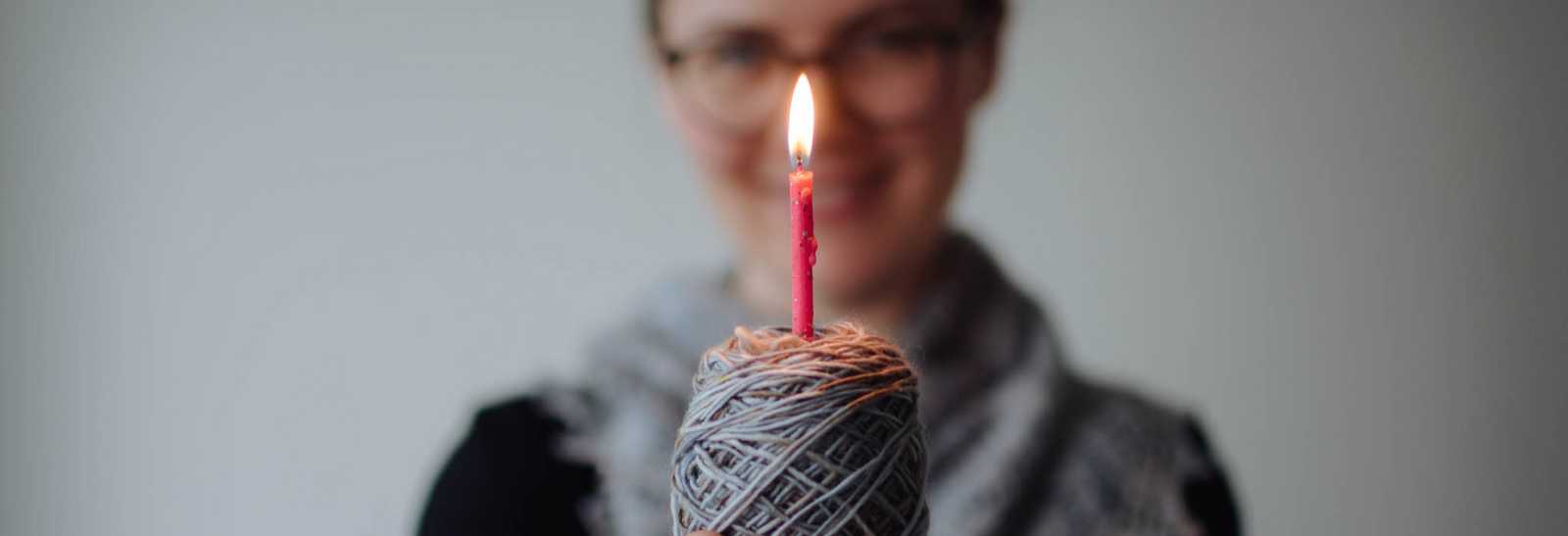
20 Years of Ysolda Knitting Patterns: Part 1
June 19, 2025
Recent Articles
-
Deep Shadow Heel Tutorial
September 25, 2025
-
20 Years of Ysolda Knitting Patterns: Part 2
June 23, 2025
-
20 Years of Ysolda Knitting Patterns: Part 1
June 19, 2025
-
Learn to Knit: Mattress Stitch
March 29, 2023
-
How to Knit a Scarf: A Beginners Guide to Scarf Knitting
March 23, 2023
-
Learn to knit: the long tail cast-on
February 03, 2022
-
How to Graft Your Knitting
December 09, 2021
-
Crochet Provisional Cast-on
December 02, 2021
-
Learn to knit: How to knit in the round with double pointed needles
November 25, 2021
-
Learn to knit: How to knit in the round using the magic loop technique
November 25, 2021
Free resources
-
KALS, step-by-step pattern guides and free patterns
Learn brioche with the free Daniel's Hat pattern
Tombreck - a free chevron beanie pattern
Working the brioche neck detail on the Polwarth sweater
Installing a zipper and ribbon, finishing wee Carson
Yarn colour ideas for Threipmuir sweater
Additional colourways for the Joy mitts (choose your pride flag)
How to join the shoulders on Wardie
How to join the pockets on Granton and Wardie
Finishing Resources for Granton
Broughton mittens tutorial part 1
Broughton mittens tutorial part 2
Broughton mittens tutorial part 3
Basics
Casting on
Decorative Channel Island Cast-on
Binding off
3 Easy Stretchy Bind-offs (p2tog bind-off; k2togtbl, k1 bind-off; Jeny's surprisingly stretchy bind-off)
Tubular Bind-off for brioche stitch
Increasing
Paired increase methods compared
How to continue in pattern while increasing and decreasing
Decreasing
Brioche stitch double decreases
Knitting in the round
How to Knit in the round using Magic Loop
How to Knit in the round using DPNs
Short rows
Swatching and gauge
Tips and tricks
Avoiding ears when binding off
Tighter purl stitches for neater cables and ribbing
Cabling without a cable needle
How to knit more symmetrical yarn overs
Bust darts in sweaters with all over stitch patterns
A magic formula for evenly distributing shaping
Superwash v Non-Superwash Wool
Picking up sts from the middle of the fabric
Reading knitting patterns
Understanding "continue in pattern"
Help! Where am I in my knitting project?
Using charts, even if you hate them
Finishing
Garment knitting
Joining the body and sleeves on a seamless bottom up sweater
Sizing
Ysolda’s sizing chart for knitwear designers
Inclusive garment knitting
How to pick a garment without a model for you (specifically addresses finding garment patterns when your gender identity isn't represented and the styles you want to knit might not be sized to fit your body)
How does ease affect inclusive size ranges?
Specific stitch patterns
Lace
Identifying and fixing mistakes in lace knitting
Colourwork
Getting started with stranded colourwork
Understanding colour dominance
Working stranded colourwork over small circumferences
Decreases in stranded colourwork
Holding the yarn for stranded colourwork
Ladderback Jacquard (a neat way to deal with long floats)
Cables
Cabling without a cable needle
Cabling without a cable needle on the wrong side
How to knit cabled decreases
Closed ring cable increases and decreasesBrioche
How to work brioche stitch in the round
Other crafts
Cross stitch
How to begin your first large cross stitch project
How to finish a cross stitch project with an embroidery hoop frame
Mending

Sign up today
Find out the latest news from the studio such as sales, pattern releases, and new workshops or KALs our learning community, The Knitwork. We also share helpful tips and exclusive subscriber discounts...







